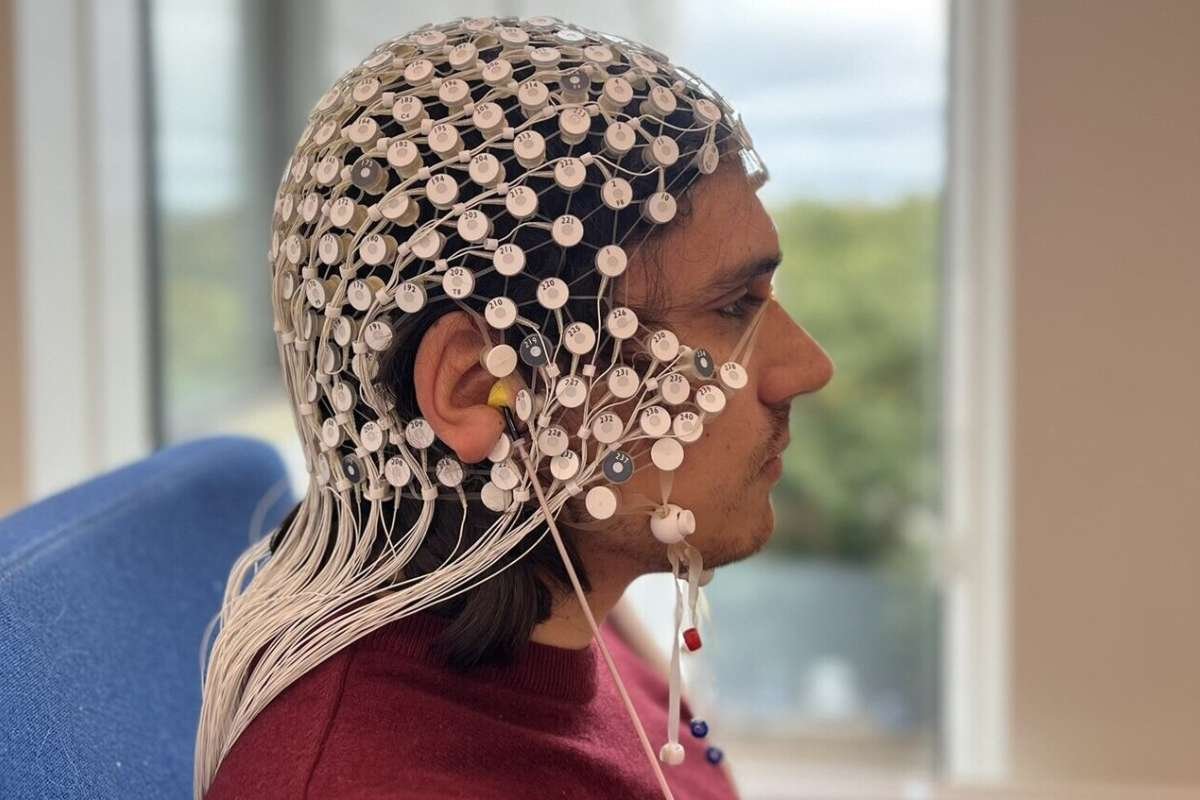Ejection fraction (EF) is a crucial measurement in cardiology, indicating how well the heart pumps blood with each contraction. A low ejection fraction is often a sign of heart disease or heart failure, requiring immediate attention and management. In this article, we’ll delve into what low ejection fraction means, its causes, symptoms, diagnostic methods, and treatment options.
What is an Ejection Fraction?
Ejection fraction is the percentage of blood that is pumped out of the heart’s left ventricle with each heartbeat. It is a key indicator of heart health, providing insights into the heart’s pumping efficiency. A normal ejection fraction ranges from 50% to 70%. When the ejection fraction drops below 40%, it is considered low, signaling potential heart issues.
Low Ejection Fraction
A short ejection fraction means the heart is not pumping blood as effectively as it should. This can lead to inadequate blood flow to the body’s organs and tissues, causing various symptoms and complications. Low expulsion fraction is commonly associated with heart failure, but it can also result from other conditions affecting the heart muscle.
Causes of Low Ejection Fraction
Several factors and conditions can lead to a short ejection fraction. Understanding these causes is vital for effective diagnosis and treatment.
- Heart Attack: A heart attack occurs when the blood flow to a part of the heart muscle is blocked, causing damage to the heart muscle. This damage can impair the heart’s pumping ability, leading to a short ejection fraction.
- Cardiomyopathy: Cardiomyopathy refers to diseases of the heart muscle. There are different types of cardiomyopathy, such as dilated, hypertrophic, and restrictive, each affecting the heart’s function in various ways. Dilated cardiomyopathy, in particular, often results in a low ejection fraction.
- High Blood Pressure: Chronic high blood pressure forces the heart to work harder to pump blood, which can eventually weaken the heart muscle and reduce ejection fraction.
- Valve Disease: Heart valve diseases, such as aortic stenosis or mitral regurgitation, can impair the heart’s ability to pump blood efficiently, leading to this.
- Myocarditis: Inflammation of the heart muscle, known as myocarditis, can damage the heart and decrease its pumping efficiency, resulting in a low ejection fraction.

Symptoms of Low Ejection Fraction:
It often presents with various symptoms that can significantly impact a person’s quality of life. Recognizing these symptoms early can help in seeking timely medical intervention.
- Fatigue: This can cause severe fatigue as the body’s organs and tissues do not receive adequate oxygen-rich blood.
- Shortness of Breath: Difficulty breathing or shortness of breath, especially during physical activity or while lying down, is a common symptom of low ejection fraction.
- Swelling: Swelling in the legs, ankles, and feet, known as edema, can occur due to fluid retention when the heart is not pumping efficiently.
- Persistent Cough: A persistent cough, often accompanied by white or pink blood-tinged mucus, can be a symptom of this as fluid builds up in the lungs.
- Rapid or Irregular Heartbeat: An irregular or rapid heartbeat can occur as the heart struggles to pump blood effectively, indicating a low ejection.
Diagnosing Low Ejection Fraction
Accurate diagnosis is essential for managing low ejection fraction effectively. Several diagnostic methods are used to assess ejection fraction and underlying heart conditions.
- Echocardiogram: An echocardiogram is a non-invasive ultrasound test that provides detailed images of the heart’s structure and function. It is the most common method for measuring ejection fraction.
- MRI and CT Scans: Cardiac MRI and CT scans offer detailed images of the heart, helping to evaluate ejection fraction and detect any structural abnormalities.
- Blood Tests: Blood tests can identify markers of heart damage, such as elevated levels of brain natriuretic peptide (BNP), which can indicate heart failure and low ejection fraction.
- Cardiac Catheterization: Cardiac catheterization involves inserting a thin tube into the heart through a blood vessel to measure pressure and blood flow, providing insights into ejection fraction and heart function.
Treatment Options
Treatment for this aims to improve heart function, alleviate symptoms, and prevent complications. A combination of lifestyle changes, medications, and medical procedures may be recommended.
- Lifestyle Changes: Adopting a heart-healthy lifestyle is crucial for this. Including maintaining a balanced diet, exercising regularly, quitting smoking, and limiting alcohol intake.
- Medications: Several medications can help manage little ejection fraction by improving heart function and reducing symptoms.
- ACE Inhibitors and ARBs: Angiotensin-converting enzyme (ACE) inhibitors and angiotensin II receptor blockers (ARBs) help relax blood vessels, making it easier for the heart to pump blood and improve ejection fraction.
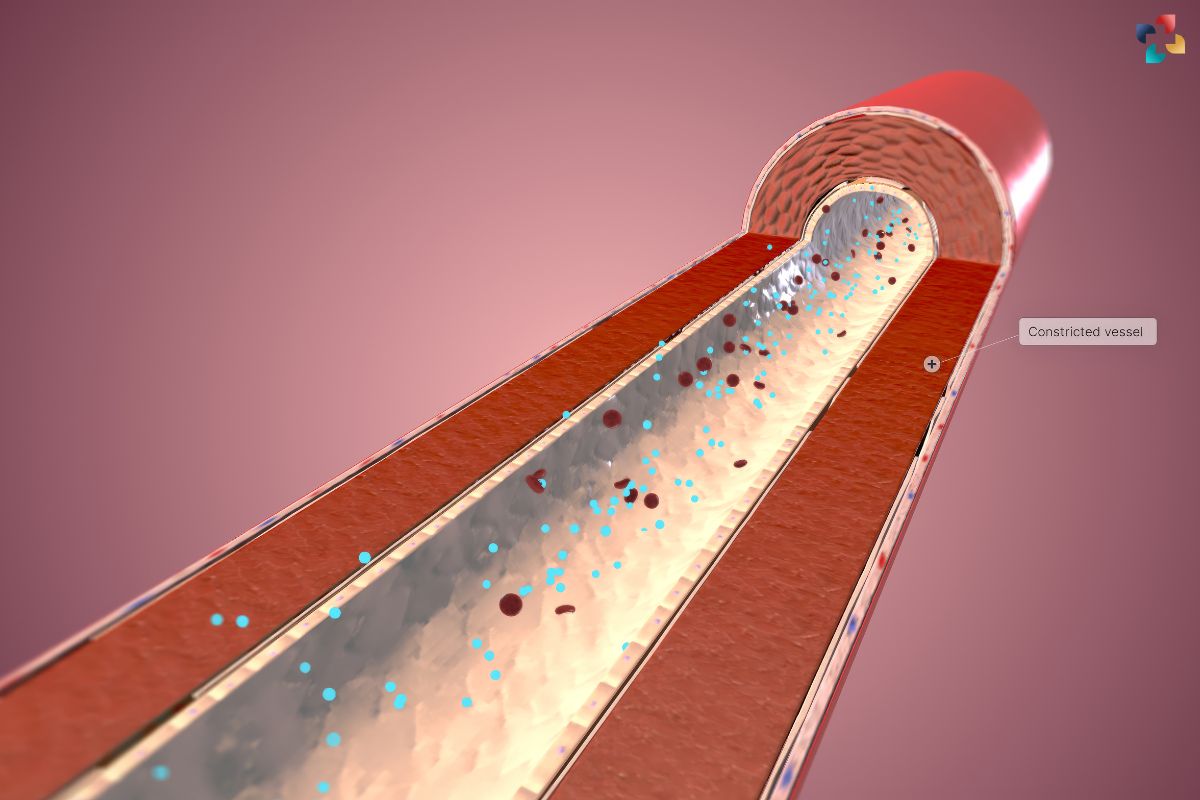
- Beta-Blockers: Beta-blockers reduce the heart’s workload by slowing the heart rate and lowering blood pressure, which can improve ejection fraction.
- Diuretics: Diuretics help reduce fluid retention, alleviating symptoms such as swelling and shortness of breath associated with low ejection fraction.
Medical Procedures
In some cases, medical procedures may be necessary to treat underlying conditions contributing to low ejection fraction.
- Coronary Artery Bypass Grafting (CABG): CABG is a surgical procedure that improves blood flow to the heart by bypassing blocked coronary arteries, which can enhance ejection fraction.
- Implantable Cardioverter-Defibrillator (ICD): An ICD is a device implanted in the chest to monitor heart rhythms and deliver electric shocks if life-threatening arrhythmias are detected, helping to prevent sudden cardiac death in patients with low ejection fraction.
- Left Ventricular Assist Device (LVAD): An LVAD is a mechanical pump that supports heart function and blood flow in individuals with severe heart failure and low ejection fraction, often serving as a bridge to heart transplantation.
Heart Transplant
In cases of severe heart failure with persistently short ejection fraction, a heart transplant may be considered as a last resort when other treatments have failed.
Prognosis and Management
The prognosis for individuals with this varies depending on the underlying cause and the effectiveness of treatment. With appropriate management, many people can lead relatively normal lives despite having a low ejection fraction.
Regular Monitoring
Regular follow-up appointments with a cardiologist are essential for monitoring heart function and adjusting treatment plans as needed.
Adherence to Treatment

Strict adherence to prescribed medications and lifestyle changes is crucial for managing low ejection fraction and preventing complications.
Support Systems
Having a strong support system, including family, friends, and healthcare providers, can help individuals cope with the challenges of living with this.
Conclusion
Low ejection fraction is a serious medical condition that requires timely diagnosis and effective management. Understanding the causes, symptoms, and treatment options is essential for improving heart health and quality of life. By adopting a heart-healthy lifestyle, adhering to prescribed treatments, and staying informed about their condition, individuals with low ejection fraction can manage their symptoms and lead fulfilling lives.

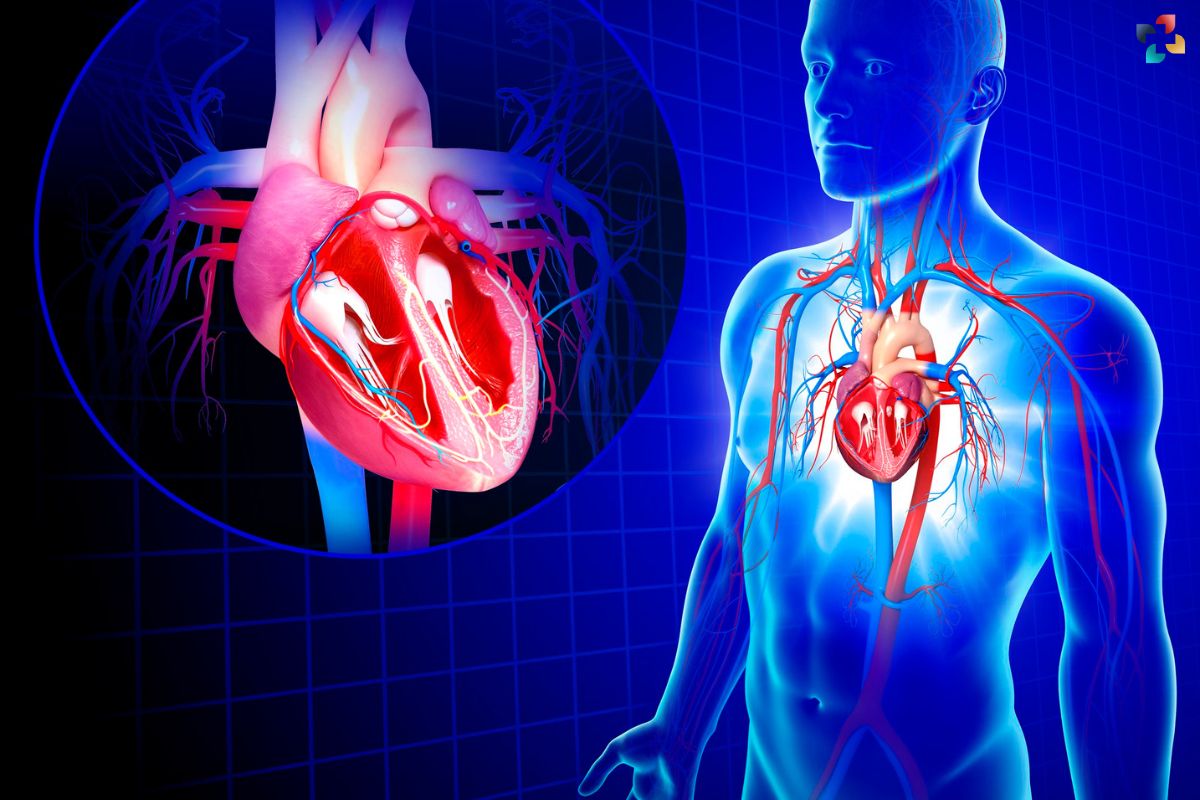

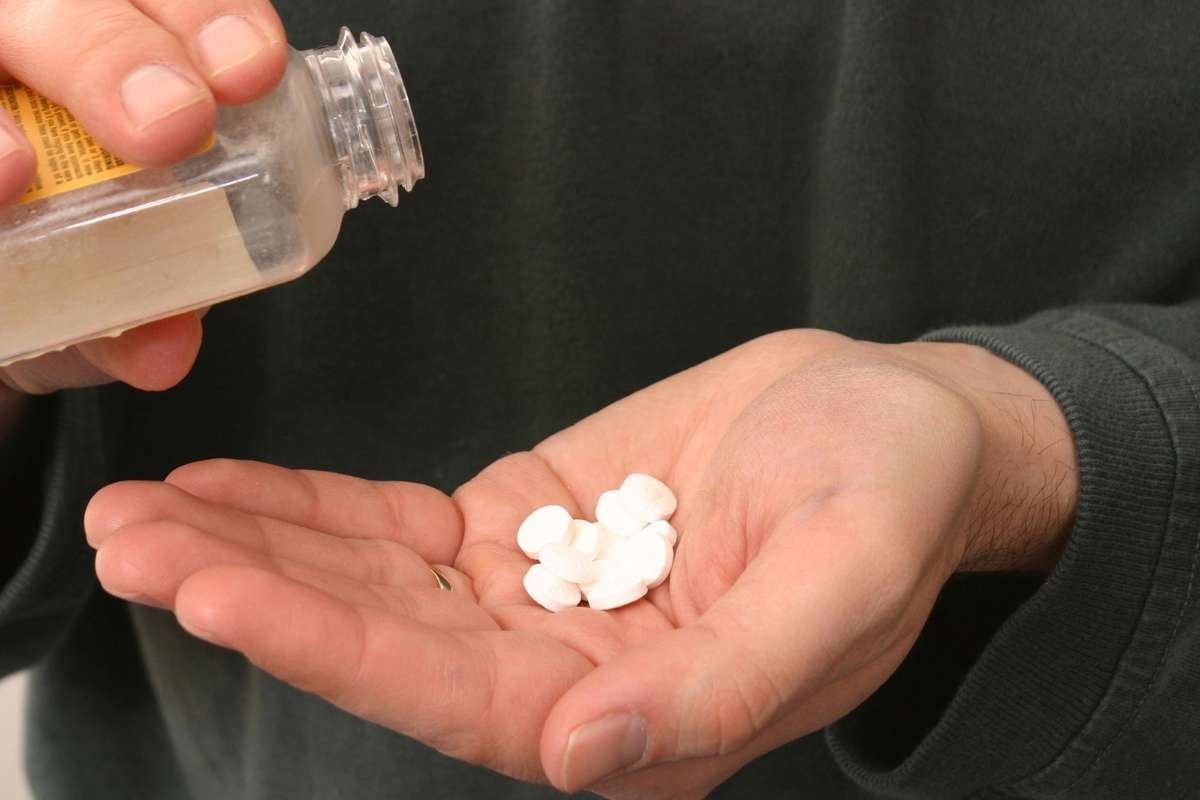

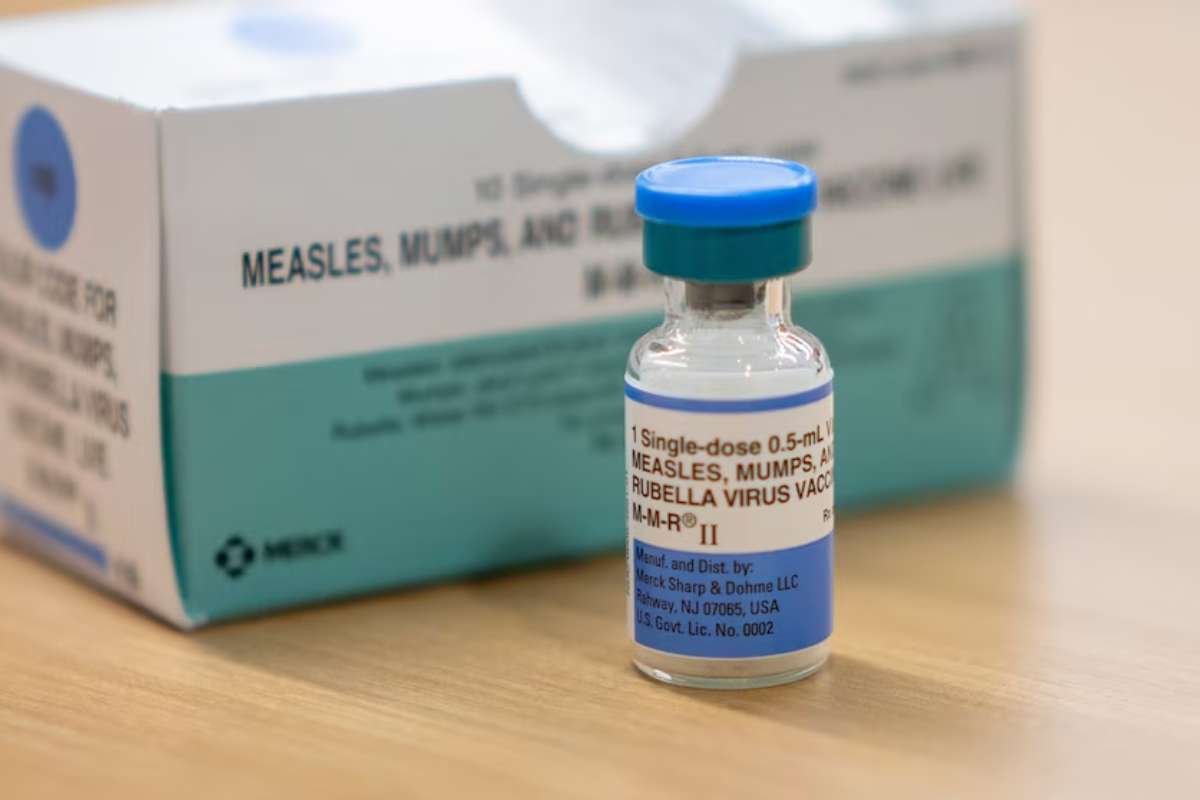
.jpg)
